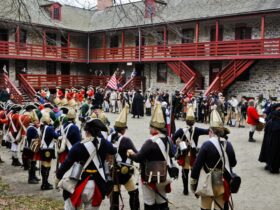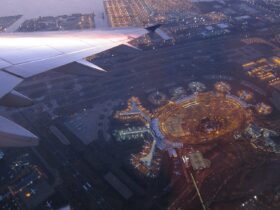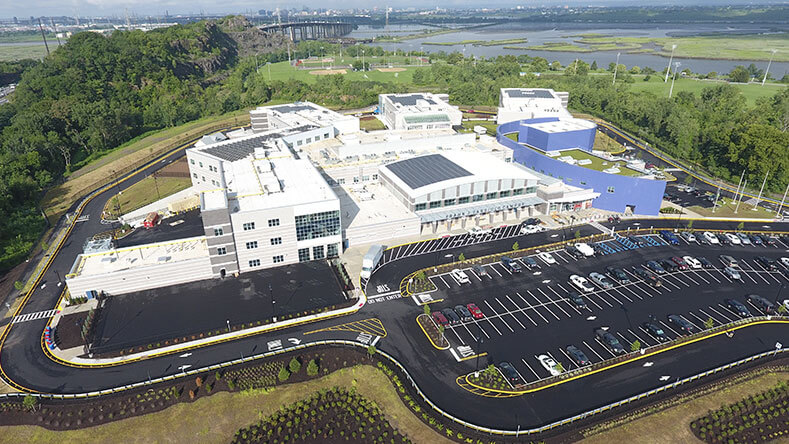The founding of the Meadowlands Chamber 50 years ago coincides with two other critical events: The development of the Meadowlands Sports Complex and the state’s authorization of the Hackensack Meadowlands Development Commission.
In sum, these organizations represent the formation of a region that was transformed into the most vibrant sports and entertainment destinations in the world, a pioneer of environmental protection and the New York region’s most important logistics center. A Jersey City native, I was already a practicing architect in New Jersey by then, and founded DMR in 1991 – so we’ve proudly had a front row seat, and in some cases, a substantial role, in the resulting projects.
Fundamentally a robust transportation infrastructure that blends highways, waterways, airports and rail unlike any network in the world are the basis for the region’s success, as well as the foundation for its future. And with so many new pushes and pulls on our resources – including a surge of multi-family housing and updated standards due to resiliency concerns – the question is, what does the next 50 years look like?
As architects, planners and construction executives, DMR’s lens has a broad focus that we apply to each individual project distinctly. In the Meadowlands, we expect to work on more multi-family residential, as the trend to downtown living and reduced reliance on cars will continue to feed the urbanism we have seen in recent years. Organized around their train stations, municipalities with formerly struggling downtowns will regain their vitality; but other mass transit stations, like the one DMR designed at the Meadowlands Sports Complex, will take on new roles as commutation patterns shift.
In the business community, the office market will reward not only well-located buildings, but those who have been refreshed to market-leadership. Enticing employees back to the office has become an important initiative for many companies, but to break the remote-work model requires a workplace environment with features that cannot be duplicated in their homes. In particular, DMR has been designing interactive spaces and common areas that stimulate community as well as productivity. Facilities that act as magnets for employees are game-changers for not only companies looking for staff engagement, but for the employees who find that in-person work can leverage their presence with company leaders to grow their careers.
Spurred by online retailing, the region’s industrial base – with nearly 100 million square feet of warehouse and logistics facilities and virtually no vacancy – has a bright future but for several important challenges. Construction standards, especially related to flood protection, will dominate the conversation as water levels inevitably rise. Other environmental concerns – from exhaust pollution to noise – will also cause developers to make adjustments to address a new age where sustainability faces off against economic activity.
For developers and municipalities alike, there are emerging solutions in the planning, design and energy disciplines that will reward early adopters. DMR has pioneered energy savings programs in several municipalities, and programmed electric vehicle charging solutions in several new and re-fitted buildings, that not only are ecologically beneficial, but that attract new clientele whose personal and corporate values systems drive them to seek innovation.











